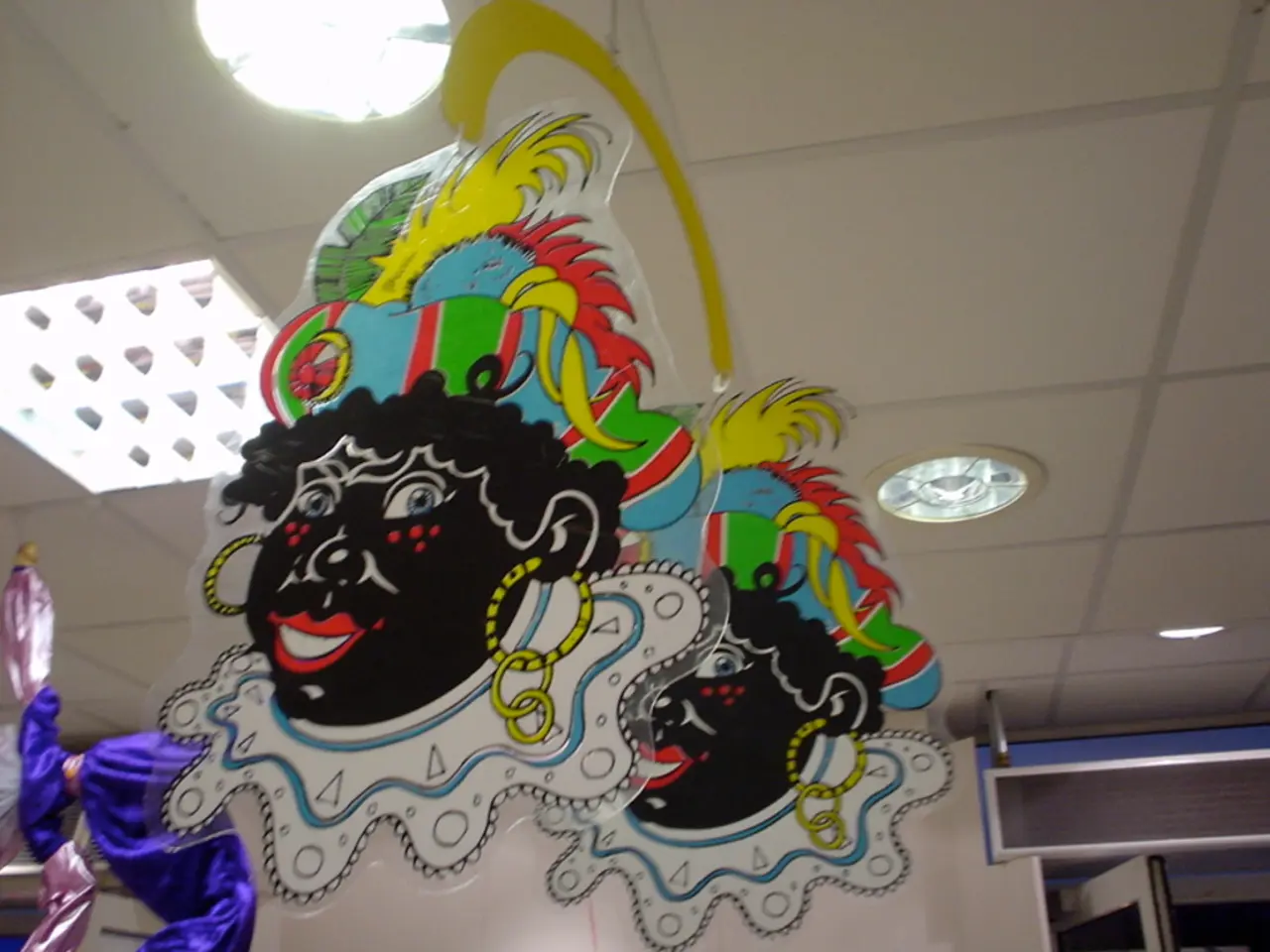Best Methods for Illuminating Artwork: Optimal Approaches to Showcasing Paintings
In the world of art, lighting plays a crucial role in highlighting the intricate details and preserving the condition of paintings. This article offers insights into selecting and positioning lighting to achieve both aesthetic appeal and long-term protection for your artwork.
Selecting the Light Source
The choice of light source significantly impacts the way a painting is perceived. LEDs are the preferred option due to their energy efficiency, longevity, and minimal heat output, which helps safeguard paintings from damage [1].
Consider the color temperature of the light. Cooler (higher Kelvin) light can enhance clarity and detail, while warmer light may create a more inviting feel. Choose a temperature that complements the painting's palette and the room's ambiance [2]. It's essential to avoid UV exposure; opt for LEDs with low or no UV output to prevent fading.
Types of Fixtures
The type of fixture you choose will influence the way light is directed onto the painting. Track lighting offers flexibility, making it easy to adjust the angle and position of each light, ideal for galleries with changing displays [1]. Wall-mounted fixtures provide a minimalist look, keeping the focus on the art, and can be arranged to achieve balanced light distribution across multiple pieces [1]. Picture lights are designed specifically for art, often including glare-reducing features, and can be mounted directly above or around the painting for a focused, gallery-quality effect [1]. Recessed lighting offers a clean, modern look but is less adjustable than track or picture lights.
Light Placement and Angle
To minimize glare, position lights above or beside the artwork at a 30-degree angle from the vertical [1]. Use diffusers and anti-reflective glass to further reduce glare and evenly distribute light across the painting’s surface [1]. For larger pieces, multiple lights may be needed to avoid shadows or “hot spots.”
Room Integration and Aesthetics
Match the fixture style to the room's decor and architecture for a cohesive look [2]. Consider the scale of the space and the size of the paintings when deciding on the number and size of fixtures. Incorporate dimmers to adjust brightness to suit different times of day or moods and to protect sensitive artwork from excessive light exposure [2].
Practical Checklist
- Choose LED lighting for energy efficiency and minimal heat.
- Opt for fixtures (track, wall-mounted, or picture lights) that allow precise positioning and even light distribution.
- Minimize glare by angling lights properly and using anti-reflective materials.
- Match the fixture style to your space and the artwork.
- Install dimmers for flexibility and conservation.
- Avoid direct sunlight and minimize UV exposure to preserve artwork.
By thoughtfully selecting and positioning your lighting, you can dramatically enhance the visual impact of paintings while ensuring their long-term preservation.
In the realm of home-and-garden design, carefully chosen lighting can also significantly affect the atmosphere and longevity of certain possessions. Just as with artwork, LEDs are the recommended light source for their energy efficiency and minimal heat output, helping safeguard home decor items from potential damage.
For instance, in a home-and-garden setting, cooler (higher Kelvin) light can enhance the clarity and detail of items such as antique furniture or plants, while warmer light can create a more inviting ambiance, complementing the aesthetics of the living space. To prevent UV damage, opt for LEDs with low or no UV output, especially for items sensitive to sunlight, like artwork or certain houseplants.




